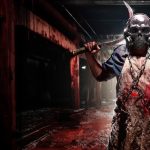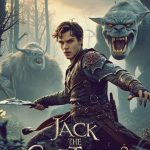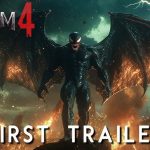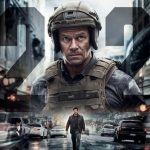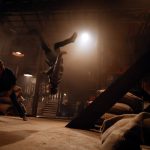The Neverending Story (1984)
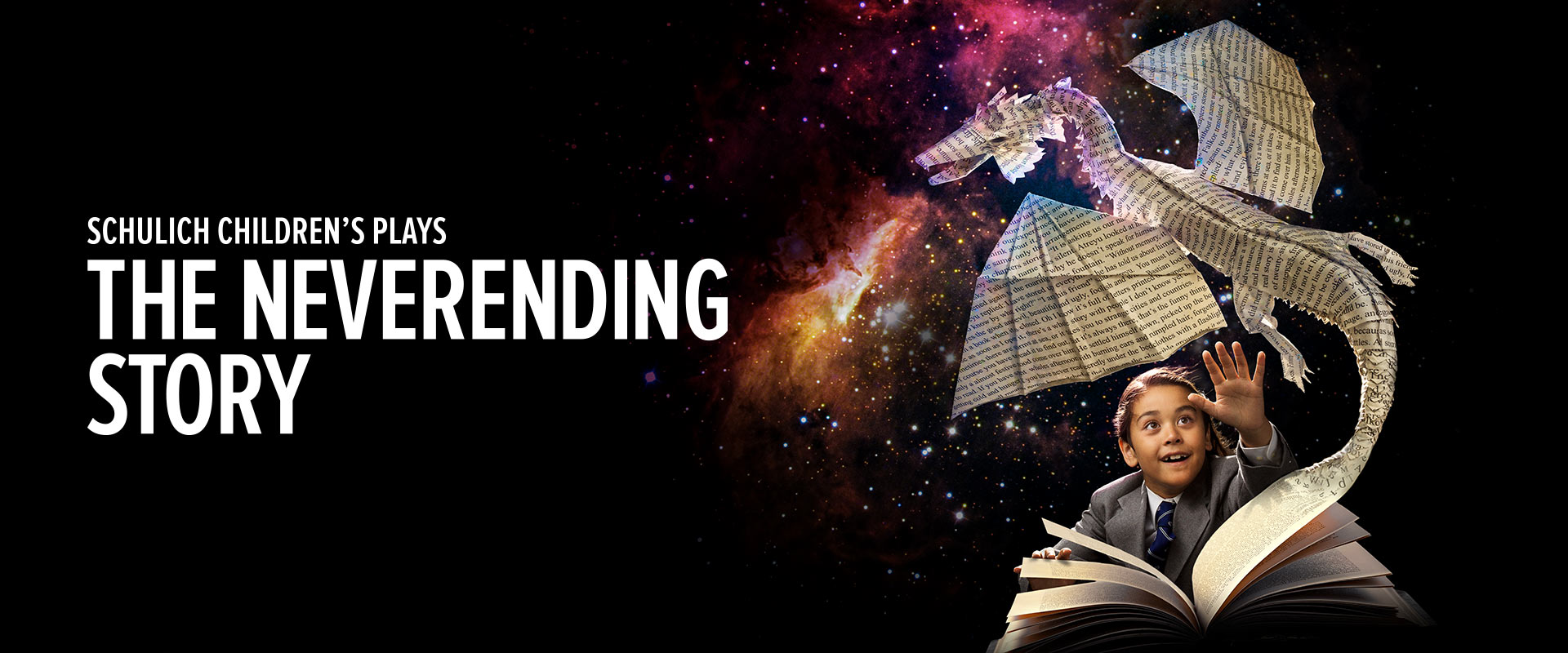
The NeverEnding Story (1984) is a timeless fantasy adventure that has captivated generations with its imaginative world, heartfelt narrative, and universal themes of courage, imagination, and self-discovery. Directed by Wolfgang Petersen and based on the first half of Michael Ende’s beloved novel, the film is a visually stunning journey into the magical land of Fantasia, where the power of belief and storytelling takes center stage.
The story begins in the real world with Bastian Bux (Barret Oliver), a shy and introverted boy grieving the loss of his mother and struggling to connect with his distant father. Bullied at school and yearning for escape, Bastian finds solace in books. One day, he stumbles upon a mysterious tome titled The NeverEnding Story in a dusty bookstore. Drawn to its allure, he sneaks it away and begins reading, unaware that his journey into its pages will change his life forever.
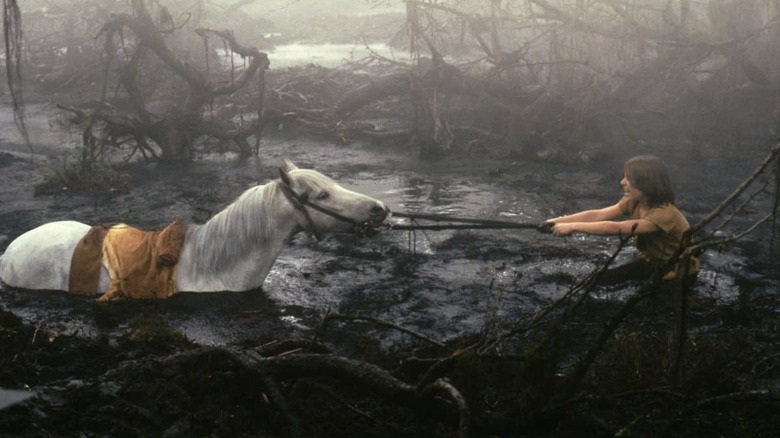
The book transports Bastian—and the audience—to Fantasia, a mystical realm threatened by a dark, all-consuming force known as the Nothing. The Nothing symbolizes despair and the loss of imagination, eating away at Fantasia piece by piece. To save the land, its inhabitants turn to a young warrior, Atreyu (Noah Hathaway), who embarks on a perilous quest to find a cure for the dying Empress (Tami Stronach) and restore balance to their world.
Atreyu’s journey is filled with breathtaking landscapes, unforgettable characters, and trials that test his bravery and resolve. From the tragic loss of his loyal horse Artax in the Swamps of Sadness to the wisdom imparted by the ancient, turtle-like Morla, every step of Atreyu’s quest is rich with emotion and meaning. The journey also brings him face-to-face with Gmork, a menacing wolf-like creature that serves as the Nothing’s agent, embodying fear and nihilism.
As the boundaries between Bastian’s world and Fantasia blur, the story reveals its central message: that the power to save Fantasia lies within Bastian himself. His belief, imagination, and willingness to confront his own fears become the key to restoring the realm and giving it new life. In doing so, Bastian not only saves Fantasia but also discovers his own strength and agency, transforming from a timid boy into a courageous hero.
Visually, The NeverEnding Story is a marvel, filled with fantastical creatures and richly designed sets that bring Fantasia to life. Falkor, the luckdragon, with his friendly, dog-like demeanor and soaring flights, remains one of the most iconic elements of the film. The Rock Biter, the Childlike Empress, and the imposing Southern Oracle are just a few of the many memorable creations that populate this vivid world. The practical effects and puppetry lend the film a tactile charm that continues to resonate even in the age of CGI.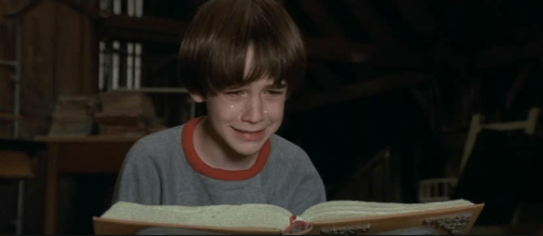
The film’s score, composed by Klaus Doldinger with the iconic title song by Giorgio Moroder, enhances the magical and emotional tone of the story. The soaring melody of “The NeverEnding Story” has become synonymous with the film’s spirit of adventure and wonder.
At its heart, The NeverEnding Story is about the enduring power of imagination and storytelling. It reminds viewers that the act of dreaming, creating, and believing is essential to the human experience. It also emphasizes themes of loss, resilience, and personal growth, making it as emotionally rich as it is visually dazzling.
Though the film deviates from parts of Michael Ende’s novel—sparking some criticism from the author—it stands as a beloved classic in its own right, cherished for its ability to transport audiences to a world of wonder and possibility. The NeverEnding Story remains a cinematic treasure, a tale that continues to inspire children and adults alike to embrace their creativity, face their fears, and believe in the magic of their own stories.



